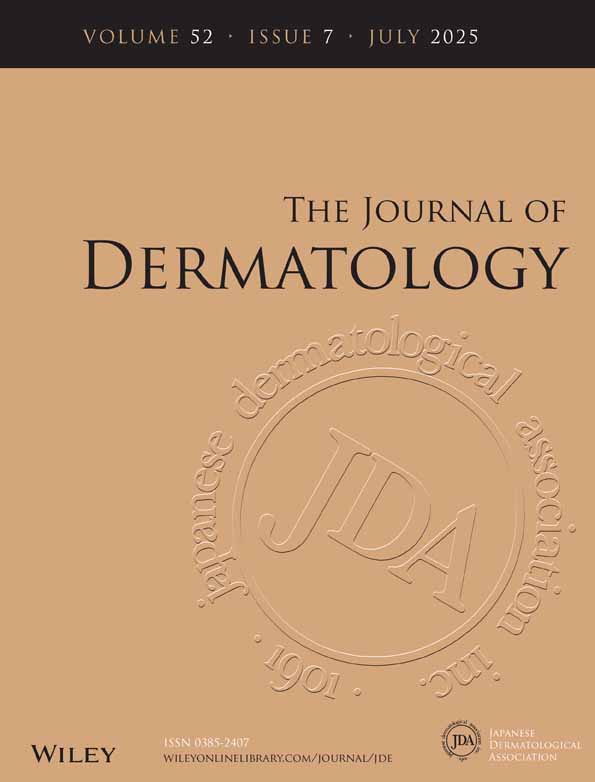THE HYDROXYL RADICAL IS NOT INVOLVED WITH TYROSINASE INACTIVATION
ABSTRACT
Tyrosinase [EC 1.4.18.1] in the mouse melanoma melanosome was inactivated during the dopatyrosinase reaction. When the air phase in the reaction mixture was replaced by N2 gas, tyrosinase inactivation during incubation with dopa did not occur. This may indicate that oxygen radicals and/or hydroxyl radicals (OH) are generated in the tyrosinase reaction and attack tyrosinase itself with inactivation. As shown in our previous report, oxygen radicals such as superoxide anion (O2−) and singlet oxygen (1O2) have nothing to do with tyrosinase inactivation. In this paper, we tested whether or not the hydroxyl radical could be related to the inactivation of tyrosinase. The enzyme inactivation was not prevented by D-mannitol, a scavenger for hydroxyl radical. Furthermore, production of hydroxyl radicals which react spontaneously with methionine to yield ethylene, which can be measured by gas chromatography, was not detected in this enzyme reaction. Thus the inactivation involved is not due to the hydroxyl radical.




